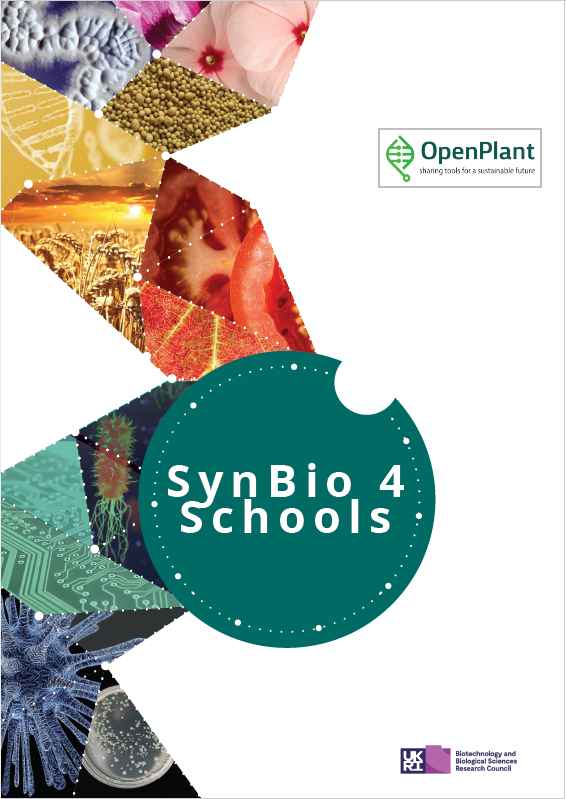OpenPlant PI Professor Paul Dupree recently published work in collaboration with colleagues from the University of Cambridge, The Andrés Bello National University, University of Warwick and Massachusetts Institute of Technology describing the identification of putative transporters that import SAM into the Golgi lumen in plants, providing new insights into the paramount importance of polysaccharide methylation for plant cell wall structure and function.
Henry Temple, Pyae Phyo, Weibing Yang, Jan J. Lyczakowski, Alberto Echevarría-Poza, Igor Yakunin, Juan Pablo Parra-Rojas, Oliver M. Terrett, Susana Saez-Aguayo, Ray Dupree, Ariel Orellana, Mei Hong, Paul Dupree
https://www.biorxiv.org/content/10.1101/2021.07.06.451061v1
Abstract
Polysaccharide methylation, especially that of pectin, is a common and important feature of land plant cell walls. Polysaccharide methylation takes place in the Golgi apparatus and therefore relies on the import of S-adenosyl methionine (SAM) from the cytosol into the Golgi. However, to date, no Golgi SAM transporter has been identified in plants. In this work, we studied major facilitator superfamily members in Arabidopsis that we identified as putative Golgi SAM transporters (GoSAMTs). Knock-out of the two most highly expressed GoSAMTs led to a strong reduction in Golgi-synthesised polysaccharide methylation. Furthermore, solid-state NMR experiments revealed that reduced methylation changed cell wall polysaccharide conformations, interactions and mobilities. Notably, the NMR revealed the existence of pectin ‘egg-box’ structures in intact cell walls, and showed that their formation is enhanced by reduced methyl-esterification. These changes in wall architecture were linked to substantial growth and developmental phenotypes. In particular, anisotropic growth was strongly impaired in the double mutant. The identification of putative transporters that import SAM into the Golgi lumen in plants provides new insights into the paramount importance of polysaccharide methylation for plant cell wall structure and function.

![[Closes 24 Nov 2107] Apply now to the OpenPlant Fund!](https://images.squarespace-cdn.com/content/v1/54a6bdb7e4b08424e69c93a1/1509564315902-TUO4I6QRWI9TT8UGSIAJ/OpenPlantTwitter_400x400+%281%29.jpg)

![[Closes 7 Mar 2017] OpenPlant Research Associate (Haseloff Lab)](https://images.squarespace-cdn.com/content/v1/54a6bdb7e4b08424e69c93a1/1486552818859-FH76MCA8SMFU93WB85RX/OpenPlantTwitter_400x400.jpg)













